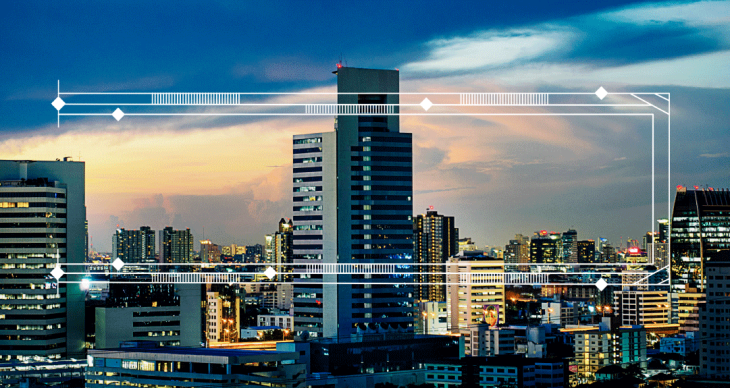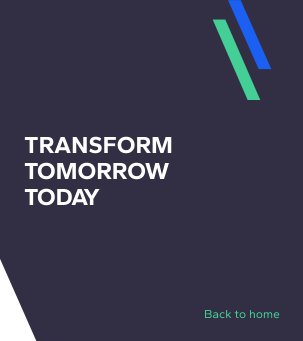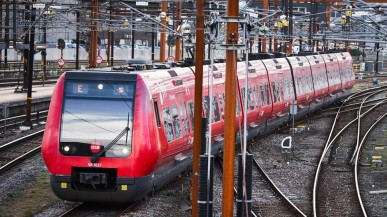Blog / Disruptive Technologies
How Plantech is Reshaping the Future of Smart Cities?
Categories

In the midst of rapid urbanization and escalating environmental concerns, a new and innovative approach is taking root in the realm of urban planning and technology - Plantech.
"Plantech" refers to the integration of advanced technologies and data-driven solutions into urban planning and management, poised to revolutionise the way we envision and construct our cities.
As the world grapples with the challenges of climate change, pollution, and dwindling green spaces, Plantech emerges as a beacon of hope, offering a harmonious solution that intertwines the urban landscape with nature's vitality.
We interviewed Eduardo Martínez Gil, Head of Smart Cities at NTT Data and professor of the Master's in Global Smart City Management at ZIGURAT , about this topic.
Eduardo, can you explain how PlanTech can contribute to making cities smarter and more sustainable?
PlanTech, or planning technology, plays a key role in smart cities by improving the planning and management of urban systems and services.
Its mission is to establish the basis for the present and future needs of the city, identifying challenges and needs based on the typology of public service provision in the city.
Therefore, a PlanTech will identify the gap between the analysis of the AS-IS (current state of the city) and the expected TO-BE (future state of the city). For this purpose, three main areas are analysed:
1. the current provision of city services and their process towards digital transformation of the city services;
2. the city’s IT infrastructure and;
3. the municipal economic and budgetary sustainability model.
Consequently, the difference reflected between the present and future state of these areas of analysis is the one that has to be reflected in a PlanTech and that has to enable the city to digitally transform itself towards a smarter and of course more sustainable city.
Can you mention the most relevant PlanTech solutions used today?
In a PlanTech, a large amount of data must be collected to transform the city and its service provision.
These include, for example: the management of lighting, waste, irrigation of parks and gardens, water cycle management, urban mobility, parking, urban safety, energy efficiency of public buildings and facilities, air quality, etc.
All of this from a technological but also social perspective, in which the citizen is the central ¡axis of the transformation and services revolve around a citizen-centred user experience.
What are some of the main challenges and opportunities in implementing PlanTech solutions in cities, and how can they be addressed?
The challenge is to be able to make a fully customised analysis for a city and its context, as no two projects are the same, just as no two cities are the same.
We must be able to detect and prioritise those projects with the greatest impact (economic or social) and be able to implement solutions that are measurable. We must be able to quantify the results and communicate them in a clear and reliable way, which will not only absorb the support for the project from the institution itself, but also from the citizens.
How do you see PlanTech evolving in the coming years?
More and more new aspects are being incorporated into city PlanTechs.
Currently, for a PlanTech we analyse the city’s objectives and global strategy, priorities, specific targets, identify key projects, funding models, analyse the value chain and the map of actors, legal aspects and finally, the analysis and incorporation of best practices, together with the technological model and the communication plan.
In the most recent PlanTech projects, economic sustainability has been a recurrent element of some relevance, in order to ensure the continuity of the project once the deployment funds run out. Similarly, data protection is becoming more and more relevant year by year.
Finally, the communications and new connectivity networks for IoT constitute a central chapter in these PlanTechs, as is the municipality’s cloud strategy.
How important are synergies in such planning?
Synergies in this type of project are absolutely key, both for PlanTech and for the implementation of any smart city project.
In reality, the key to success lies in the synergies between actions, in joint planning, in taking advantage of what is already deployed in one service to feed back into or complement another city service, in being more economically sustainable by having a joint, long-term vision, and above all, in being able to break down departmental silos for the sake of holistic planning and execution.
What are the different actors involved and how do they coordinate with each other?
The key lies in the coordination of the different municipal areas, but also in the agencies, public companies and other entities that are present in the provision of public services, which in some cases are concessioned or outsourced to third parties and which must therefore form part of the process for it to be truly global.
In the same way, we must always keep our eyes open to the territory, as the companies, universities or innovation centres that make up the territory can be the cornerstone for the future maintenance of the project.
Finally, and as it could not be otherwise, the citizen, or citizens in general, who should be part of the ideation in a method of co-creation and open consultation that encourages the participation of the end user in the transformation process.In any case, coordination from a technical point of view is not a problem, however, it must be supported by the mayor’s office, with a strong figure at the municipal level to drive the change and make it possible for synergies to flow.
Can you give us an example of a successful PlanTech project or initiative in a city that has benefited from such partnerships?
I think there are many cities that are doing things well in recent years. In Spain we have great examples such as Las Palmas de Gran Canaria, Logroño, Valencia, Madrid and Barcelona.
Similarly, on an international level, I would highlight some examples as different as Medellín, Singapore, Helsinki or Vienna.
Or even more unique projects, such as one we are carrying out for the EBRD in the city of Bishkek in Kyrgyzstan, where planning from the point of view of sustainability and digitalisation must lay the foundations for the future of the city.




